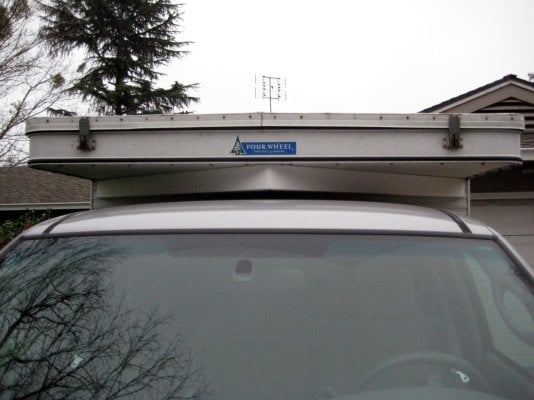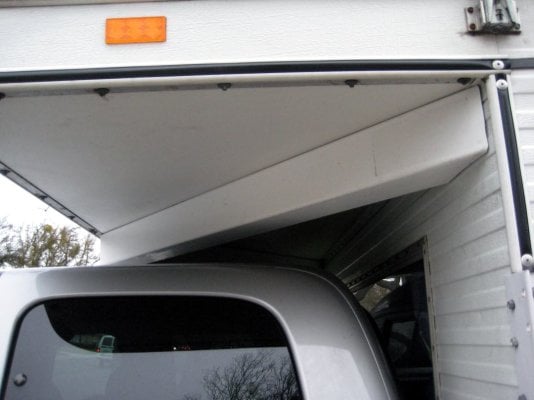If one looks closely at the Tiger RV, the panel between the base and top resembles a FWC or ATC. The reason is because the same man designed them all. See http://tigermotorhomes.com/
The Tiger Motor Home by Provan incorporates features that probably provide pretty good wind drag reductions, including a close fit between the camper, the roof of the truck, and side fairings which clean up the flat panels on the forward part of the FWC/ATC camper. The corners of the Tiger design are rounded. The man who designed all these campers and RVs is probably the most experienced individual associated with our type of off road camper. The Tiger is a child or brother to our light weight popup off road types with features we could use.
But, let me observe the following about fuel economy; Having driven a truck with a Keystone mounted many miles cross country and having made careful observations on fuel economy numbers, I can say with assurance that speed and weight are the most significant users of fuel.
By carefully driving no faster than 55 miles per hour, a truck loaded with a FWC/ATC popup camper will achieve significantly better fuel economy numbers. For example, on a cross country trip two summers ago in company with another camper from Idaho to Wisconsin we achieved solid 21 mpg numbers, validated by carefully comparing our numbers with the other truck. As soon as the other camper turned south toward his home in Wisconsin, and we went out own way, increasing speed to 60 - 65 mph, the fuel economy immediately decreased to between 18 and 19 mpg. When we became rushed on the last day of the trip and begin to travel at Interstate highway speeds, the fuel economy went down to 14 - 16 mpg. The type of truck here is not a subject because I believe speed and weight are far more important than the type of truck.
Compared to these simple fairings above, speed will be a more important factor in fuel economy. Thus, the key to saving fuel is to SLOW DOWN and use hyper mileage techniques. Never exceed 55 mph. Accelerate gradually. Never accelerate going up hill. Bleed off speed when going up hill. A manual transmission offers significant advantages by permitting the driver to force the engine to remain longer in lower RPM ranges (less than 2000 rpm with a pushrod gasser). The terrain can be used to advantage. Cruise control will cost money over using the "constant pressure" technique of accelerator pedal management.
Driving techniques and speed reduction yield fuel savings that cost little to implement. Combined with fairings, these techniques would probably provide really excellent results. John D

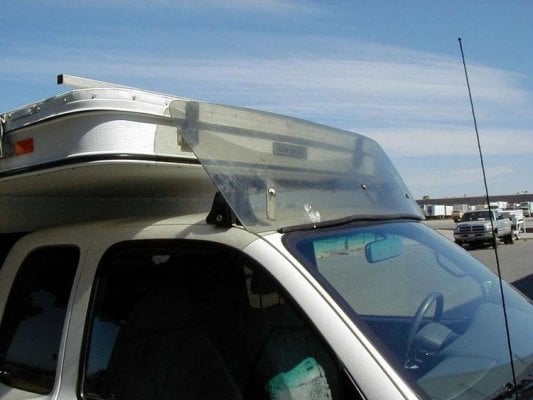
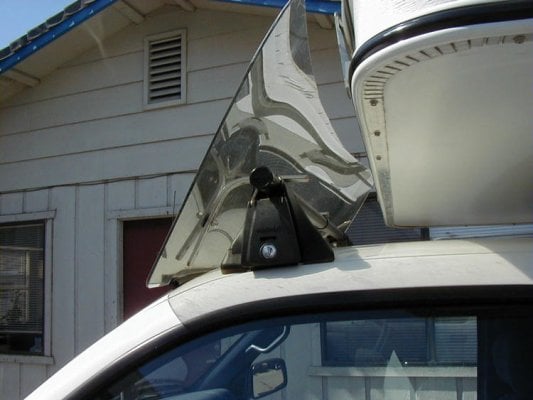
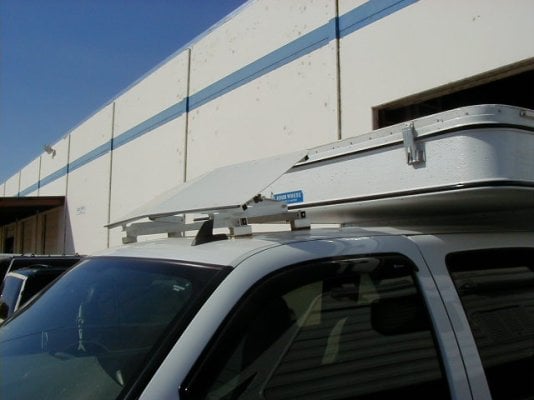
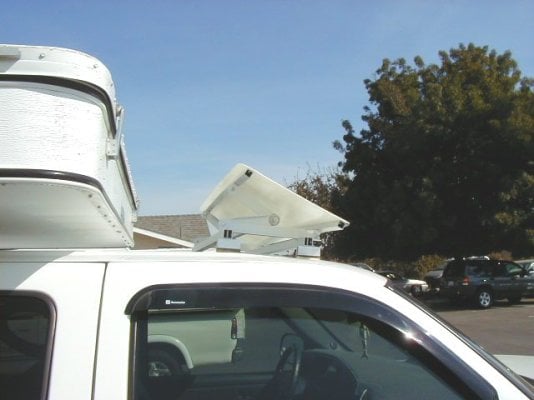
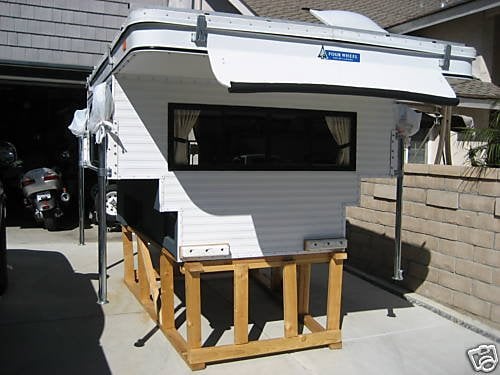
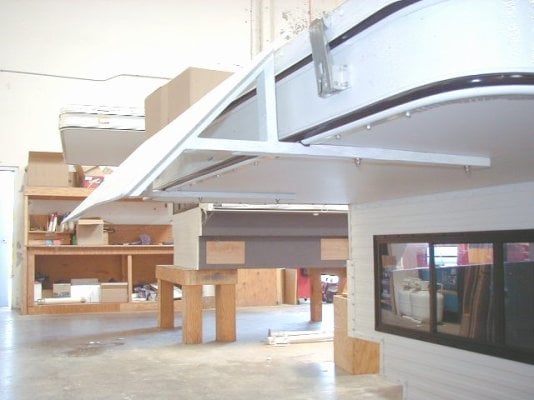
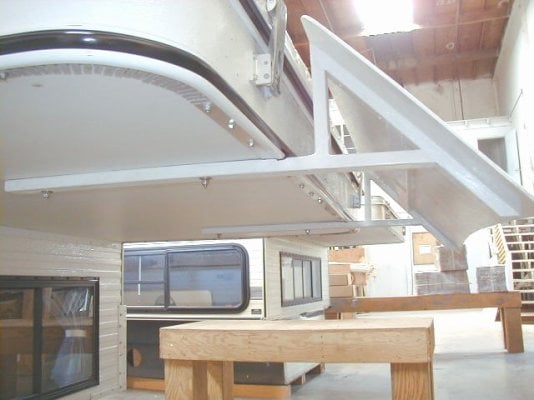
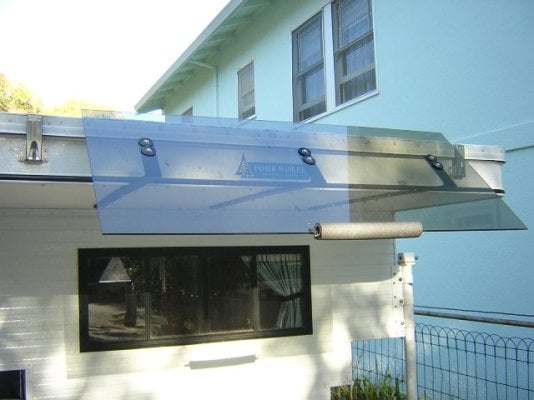
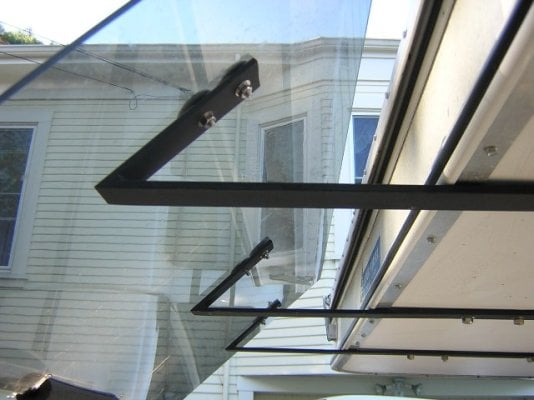
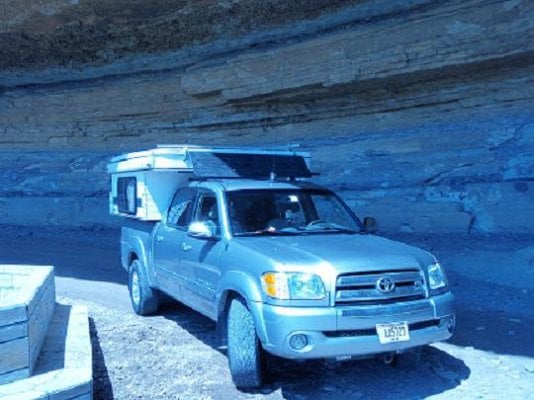

 How much space have you between that fairing and the cab roof?
How much space have you between that fairing and the cab roof?
